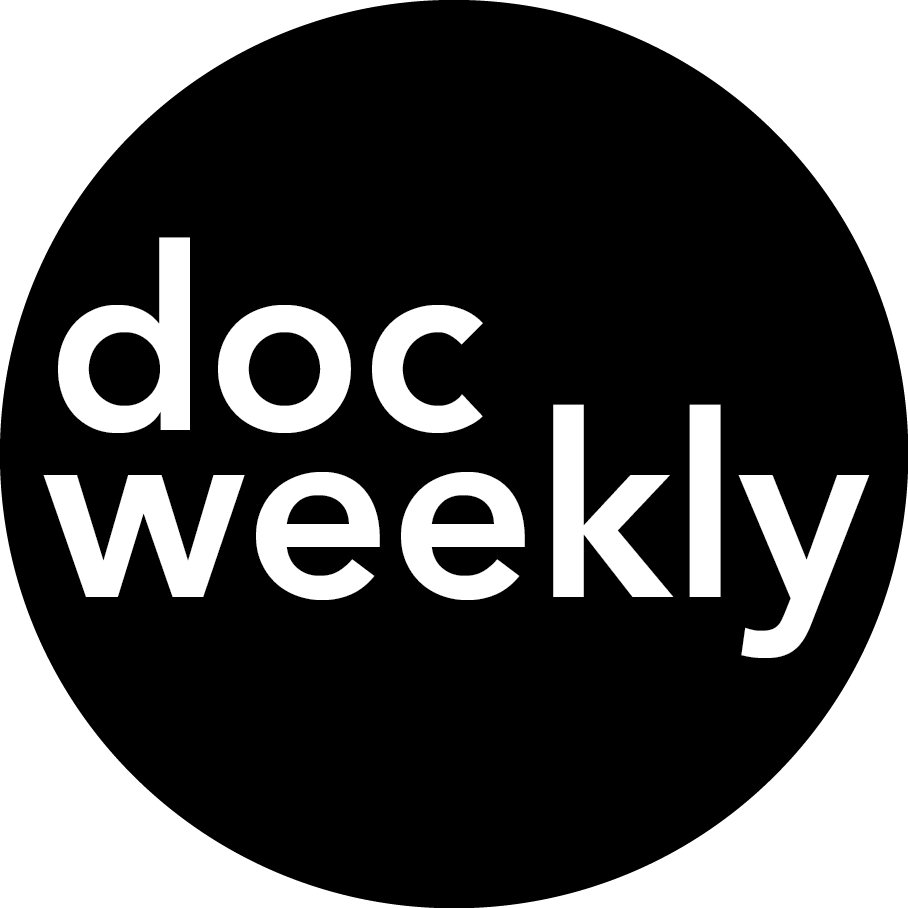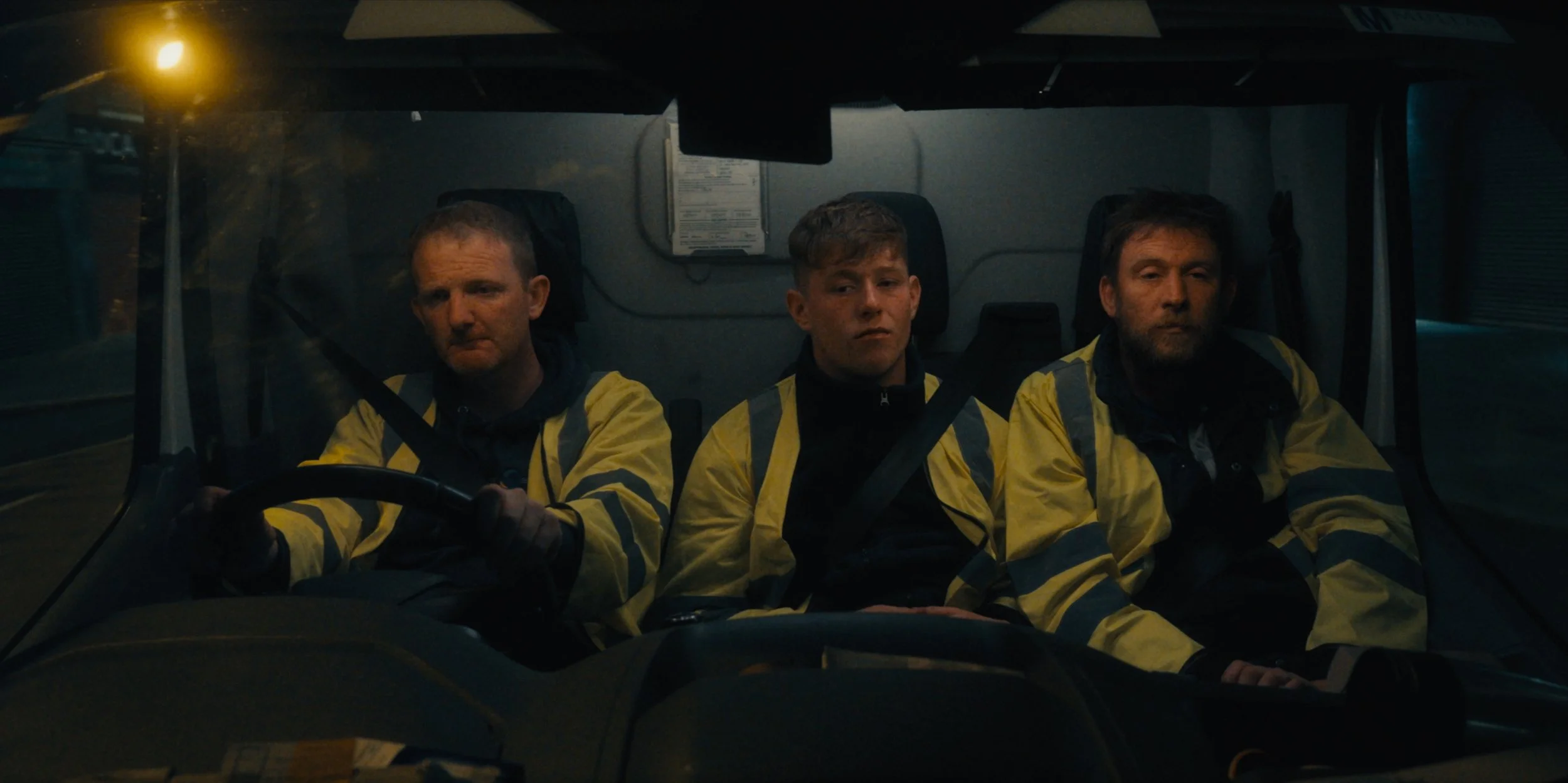I Am Martin Parr Interview - The Humble People-Lover Who Changed Photography Forever
You've almost certainly seen a Martin Parr photograph before. Think ice cream van, cone of chips, ketchup dripping at the lip, leather tanned skin, garish colours, the snap of a flash. Under cover of an irresistible sense of humour, he's a photographer whose impact is hard to overstate.
In the words of artist Grayson Perry, “he has inveigled his way into the public subconscious. He’s made a way of seeing. That is the mark of a true genius.”
Lee Shulman's I Am Martin Parr is a comprehensive look back at an œuvre spanning 70 years and a consecration of the unassuming workaholic as a master photographer of our time. It's also a chance to see him do the choo-choo train on New Brighton beach pier, and that's not to be overlooked considering how hard it is to know the man behind the artist.
"We all know Martin's work but I don't think many people know Martin”
Speaking with Lee Shulman in his Biarritz hotel at the 2025 edition of Fipadoc just a few hours before the film's premiere, I expressed my surprise in discovering that this was the first time a film had been given such intimate access.
"Martin is well known for not talking about himself. We're friends, we've worked together as artists. I think that's probably the only way that this film could have happened."
It's also a first for Shulman, a filmmaker, photographer and artist for whom this is the first, "and probably the last now that it's off the bucket list!", endeavour into documentary filmmaking. Behind the project's inception is Shulman's friend and producer Emmanuelle Lepers of Paris-based Haut et Court, who has secured the film's showing on France TV in France and, with the help of Dogwoof, 350 screenings in UK and Irish cinemas.
Lee Shulman at the Fipadoc premiere of I Am Martin Parr in Biarritz
"I wasn't interested in doing a film that was just archives, so I said to Martin: Look, let's do a film, but we've got to go on a road trip. I'm going to kidnap you, we'll go to the places where you shot all the seminal footage - it was the King's coronation so it was the perfect time as well - and he kind of just said yes to everything. Which is weird!"
The road trip takes them to Yorkshire, where Martin's grandfather first introduced him to photography, then to the independent methodist church of Hebden Bridge where he honed his craft in black and white as a fresh-faced graduate, next to New Brighton beach in Liverpool, the setting for the show that propelled him to fame in 1986 : The Last Resort, to street parties for the coronation of the King and even to Paris for a book signing. A cast of artists, photographers, colleagues and loved ones provide commentary as Parr zimmer frames down memory lane, contentedly snapping away as he goes.
Shulman was granted total freedom on the project, both by his notoriously taciturn subject and his production partners - who even gave in to his request to open the film with The Clash and close it with Madness, blowing the budget in the process.
"I'm grateful that he gave me his trust. He never asked to look at any of the images, nothing. I was a spoiled kid on this project."
©Martin Parr, Magnum Photos
"Because he's unwell, I think Martin really wanted to visit these places. He didn't just shoot them, he lived there. It was very emotional, it was like going back to where everything happened for him and for me to share that with him was pretty great and quite intimate.”
Shulman's ambition with the film was also to emphasise the political commentary omnipresent throughout Parr's work, sometimes overlooked as "just funny" or worse, criticised for being sarcastic or ironic. It's a thread that runs throughout his œuvre, from when he was a student to today.
"People don't understand that he was so ahead of his time."
Parr's work is epitomised by his documentation of "consumerism gone mad", using crude, saturated colour close-ups and flash photography of mainly working class people in their leisure time: shopping for processed goods, eating fast food at PVC-clad tables or tanning on the pier.
The Last Resort © Martin Parr, Magnum Photos
When he shot The Last Resort in 1986, Parr chose to show the British working class as he met them, emphasising their quirkiness, the humour in certain scenes, the brashness characteristic of the era, but also the omnipresent sense of a society in decay, people trying to have a good time with what little they had. A style and a photographic language that very much upset the artistic elite of the time.
"You forget how controversial what he was doing was. People were outraged. They were outraged because they denied the way people were really living in the North, the way working class people were. All these institutional art people in London didn't think it was real, but just because it's not in your world... People were shocked in London but people weren't shocked in the North ! They loved it."
"I was a student when The Last Resort came out and if I'm honest, I never knew if I loved it or if I didn't like it. I just couldn't make up my mind. I thought, these are awful in some respects but these are also so good. I think that's where great art lies. It's not when you think it's fabulous or when you hate it, it's when you can't make your mind up between the two. That's the great thing about Martin. I don't think he knows it, but for me that's what intrigues me."
Martin Parr and Lee Shulman
Parr's work marked a new chapter for photography as an art form, one its institutions would take a long time to come to terms with, but not the wider public. His photographs created a new tragicomic language stripped of intellectual pretence that democratised the exhibition space, making it somewhere anyone could be entertained, regardless of their background, age or level of education.
"After Cartier-Bresson, Martin changed everything and I think we're still waiting for the next person to come along and do that again."
This was a guiding concept for Shulman when making the film, who wanted to make it as entertaining and accessible for people who "feel that the world of photography's not for them" as for art-world insiders.
The result is a heart-warming redemption of a once neglected photographer, upholding him as the iconic artist he truly is, that will have you giggling throughout. It's also a timely and much needed opportunity to reconcile with British working class identity, its heritage, its diversity, its friendliness and its boundless sense of humour that Martin Parr has never ceased to be inspired by.
I Am Martin Parr premiered at Fipadoc and is now available for free to viewers in France on France TV Replay here and will be out in UK and Irish cinemas from the 21st of February, with Q&As happening in London, Bristol and Clevedon in the buildup - more info here.












